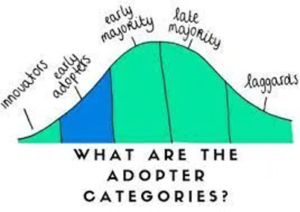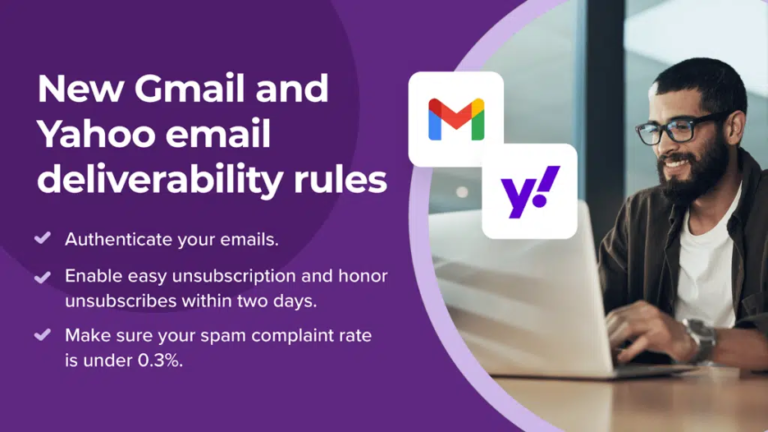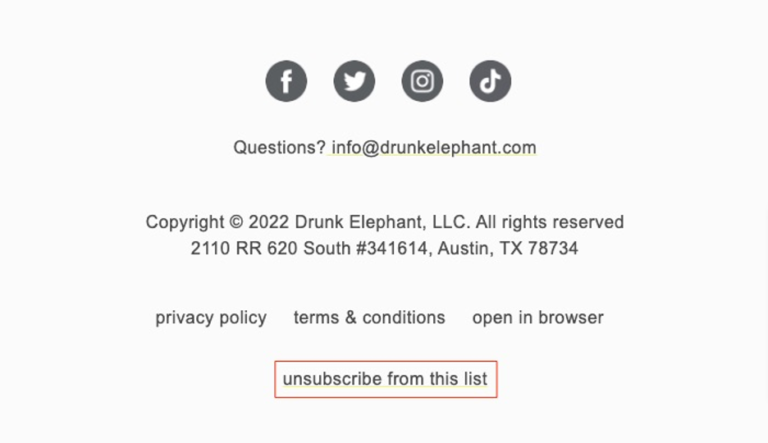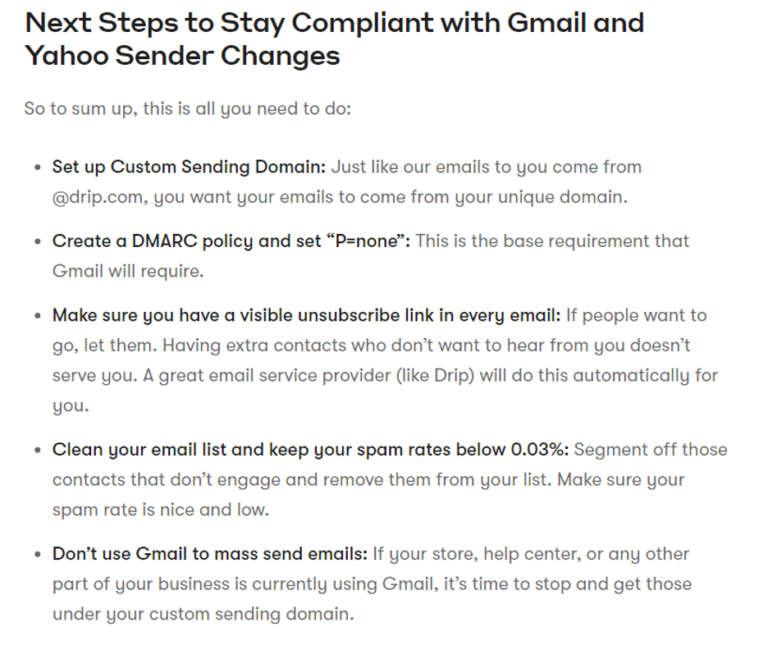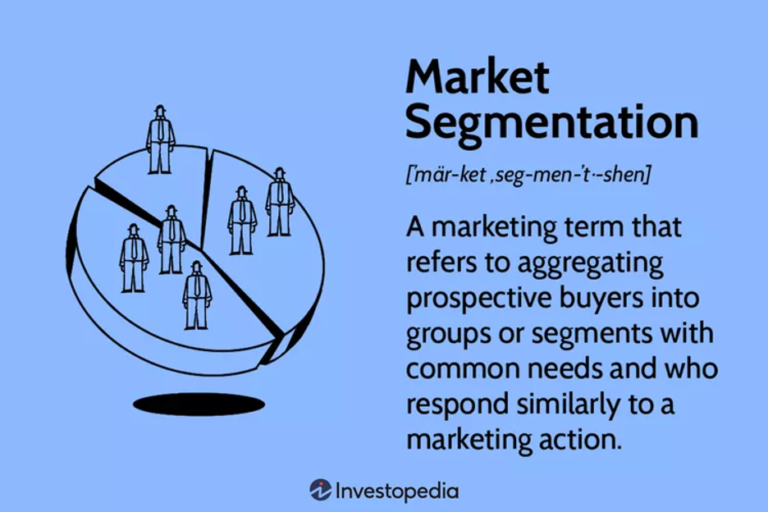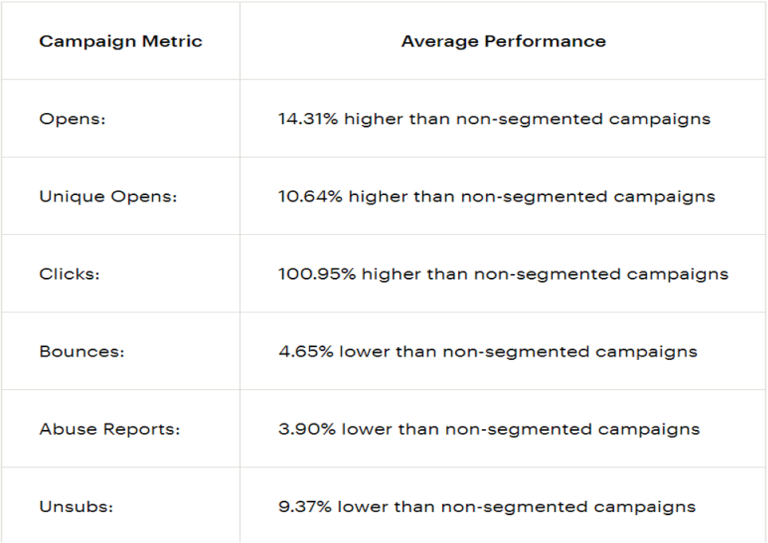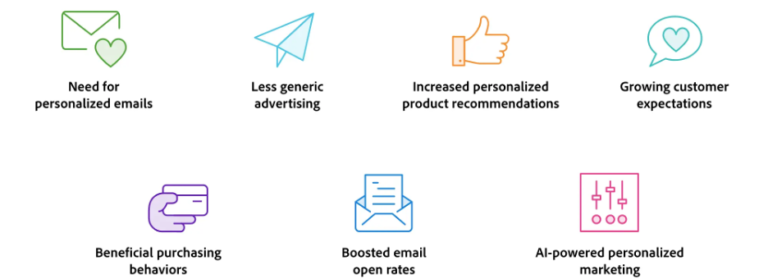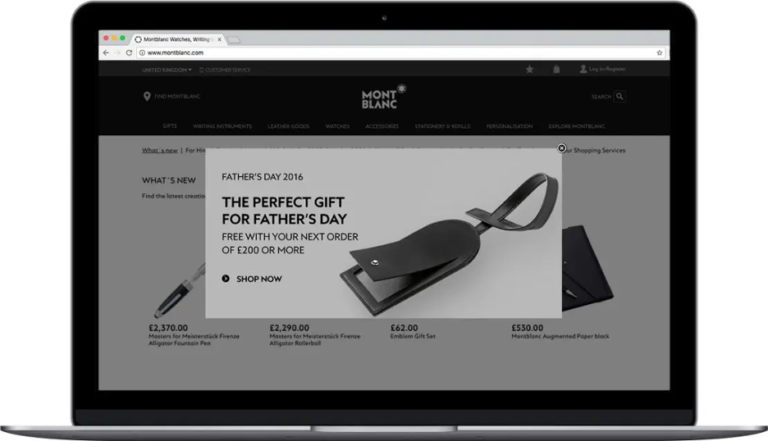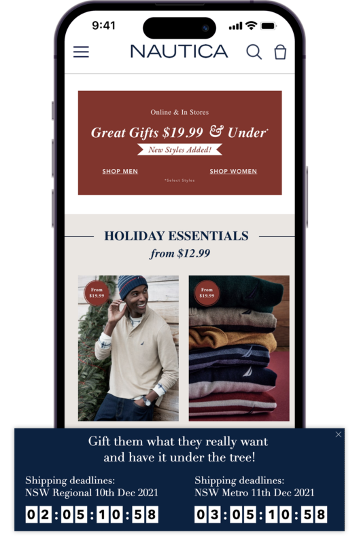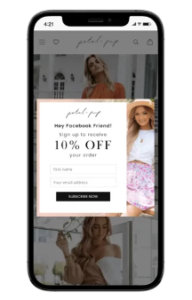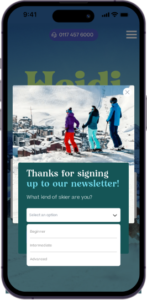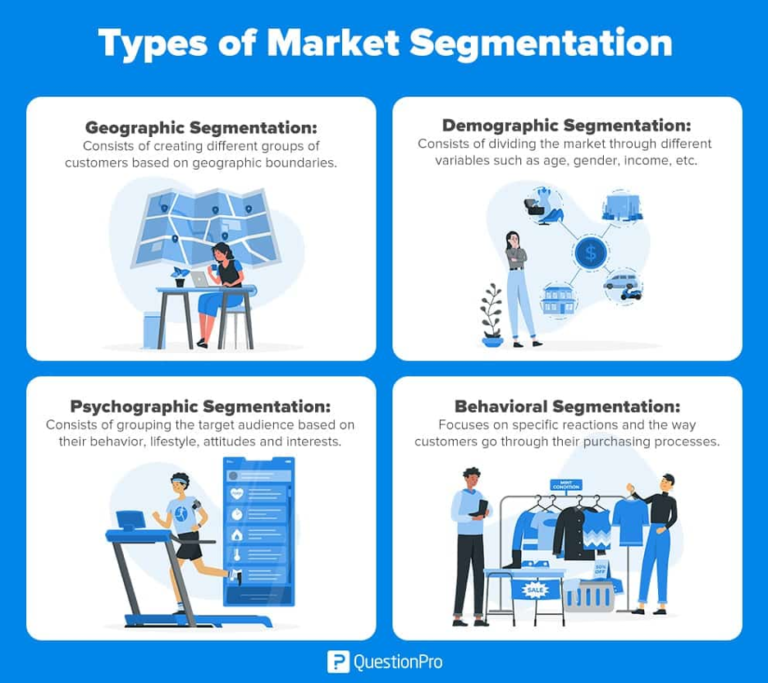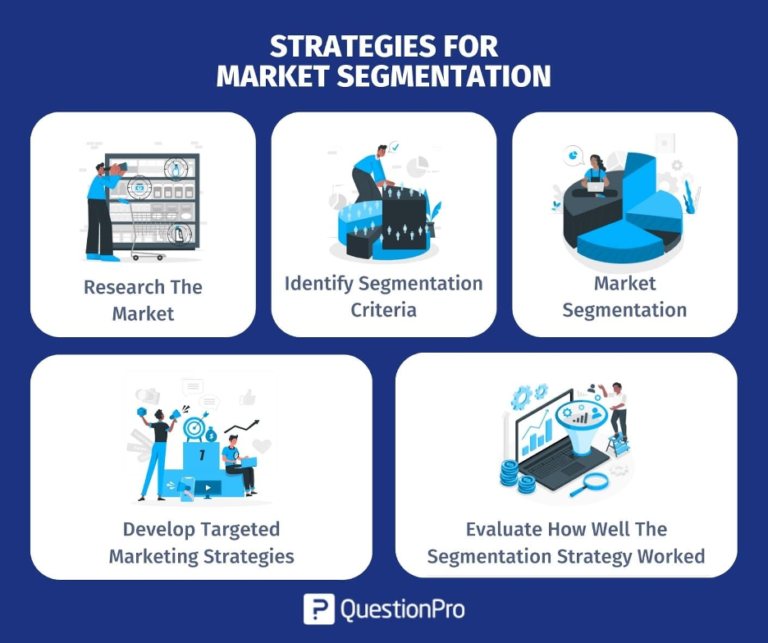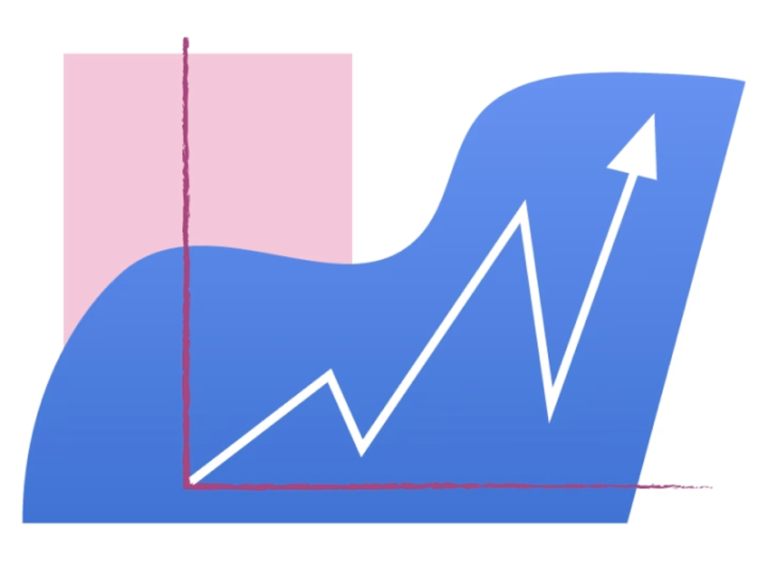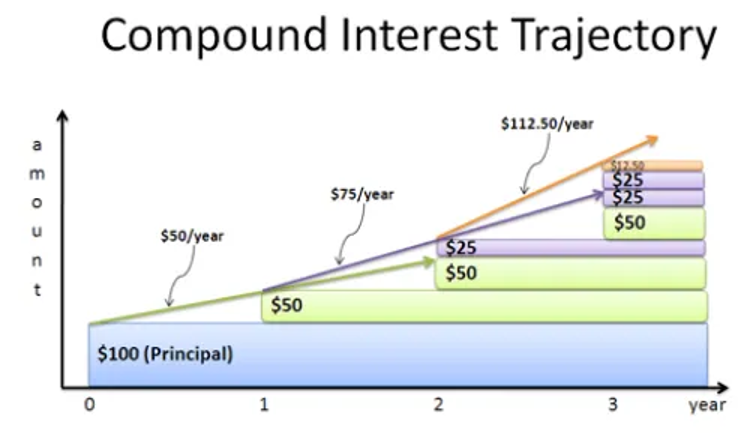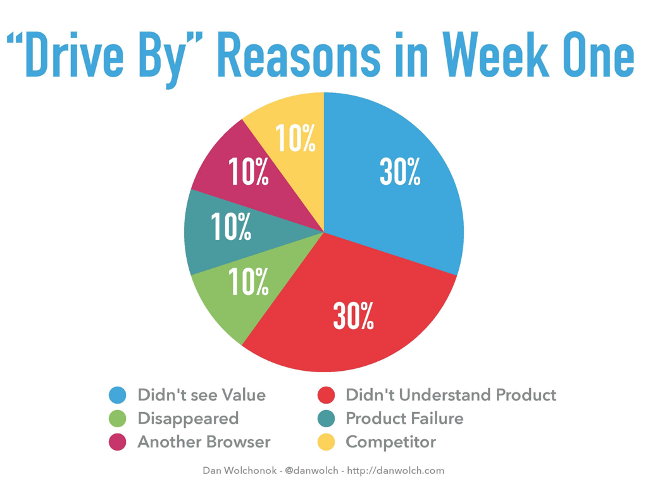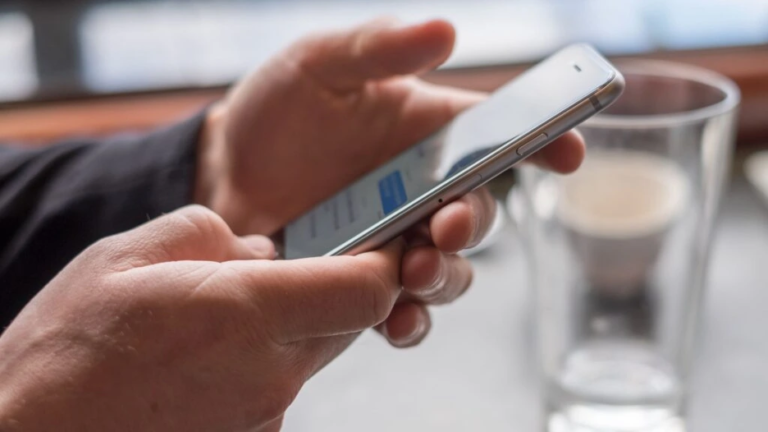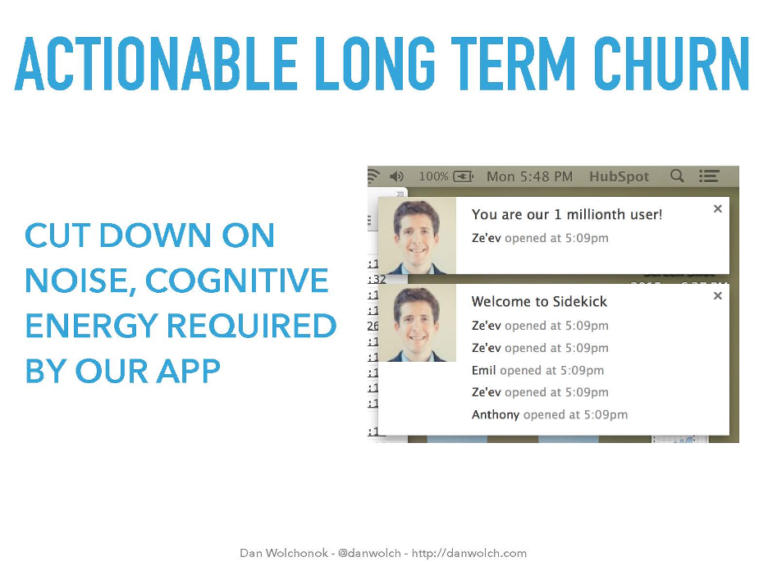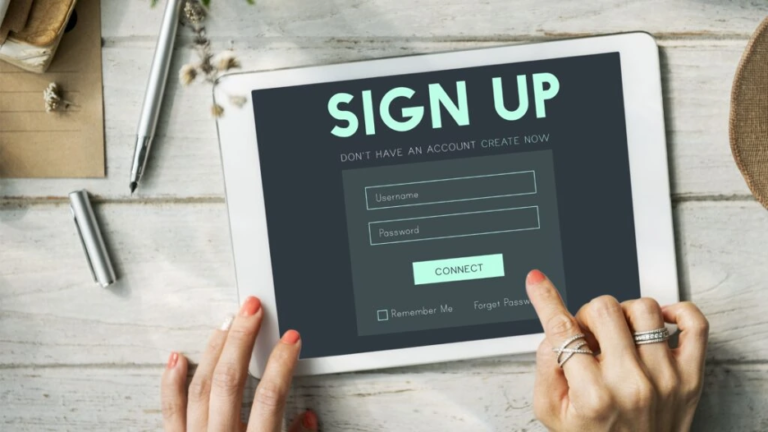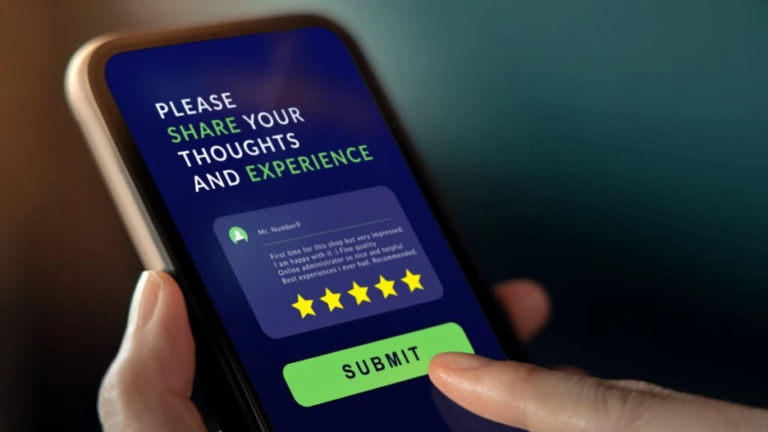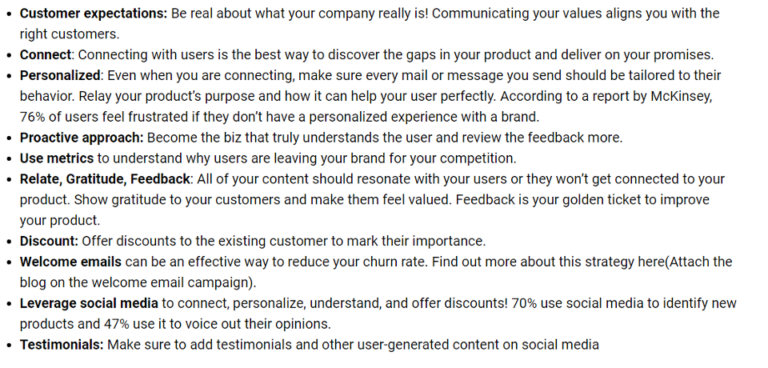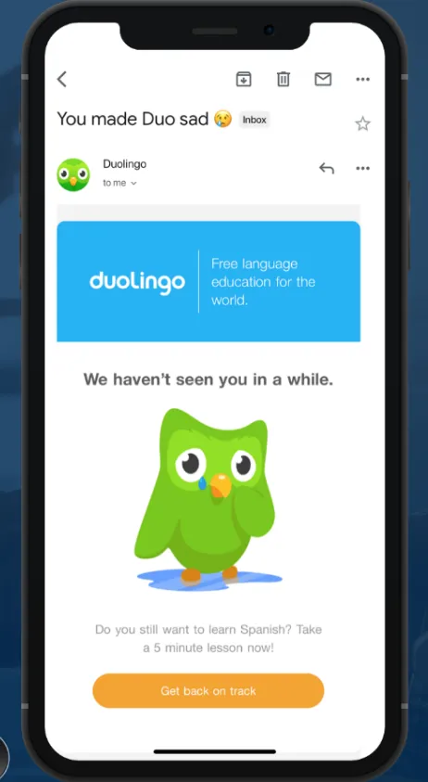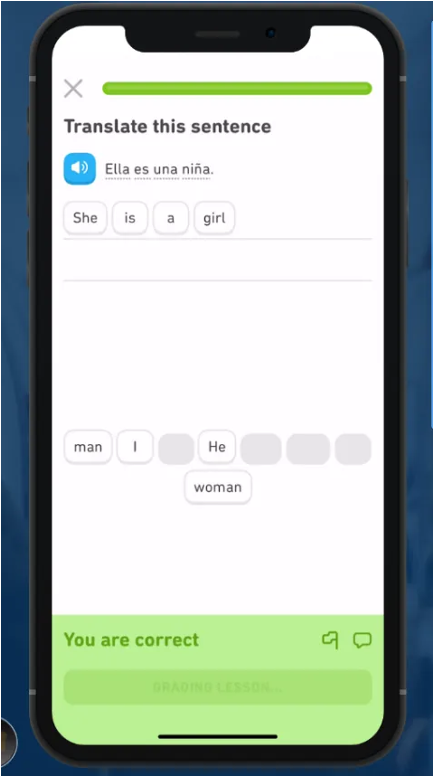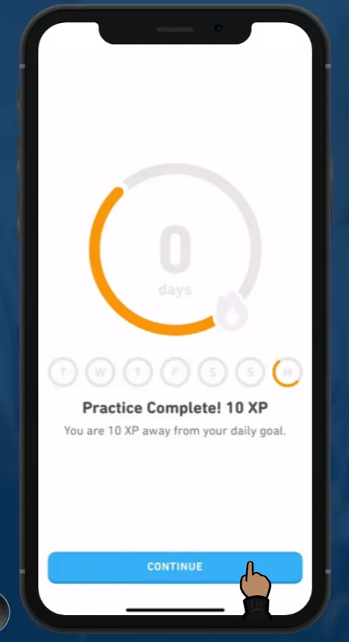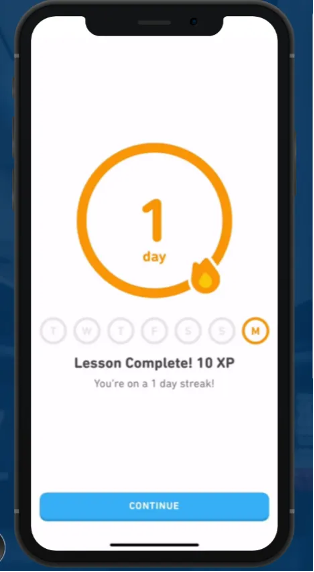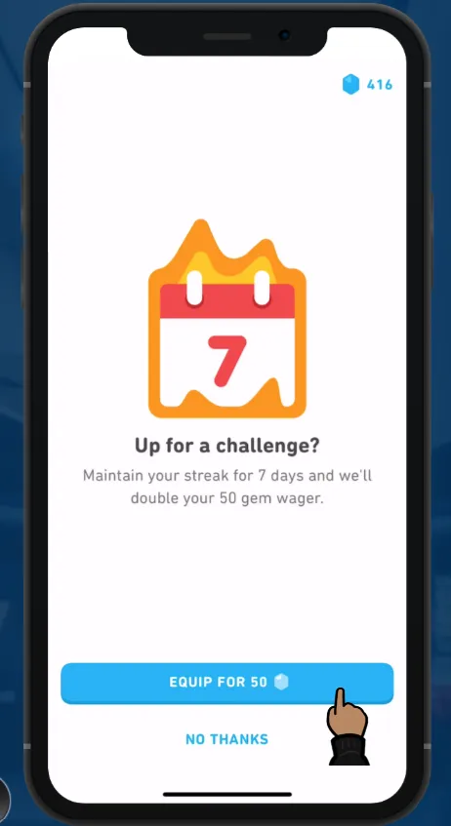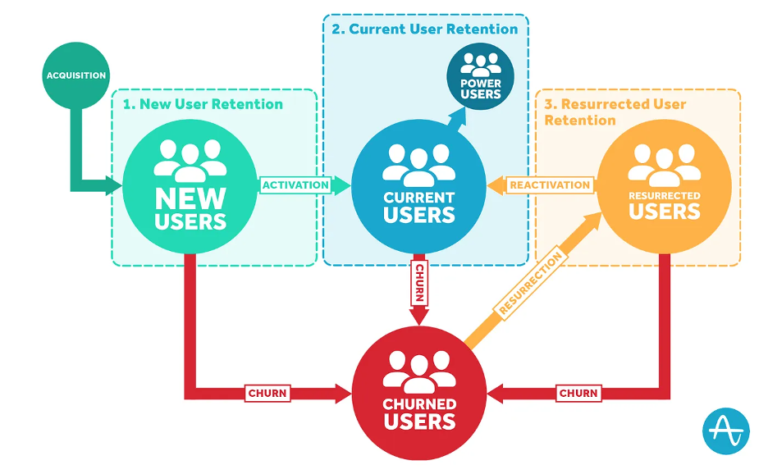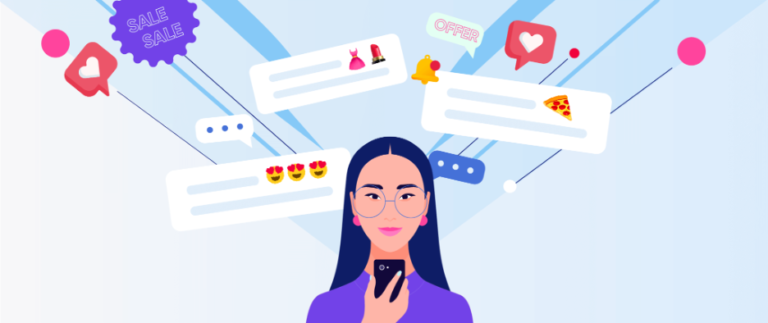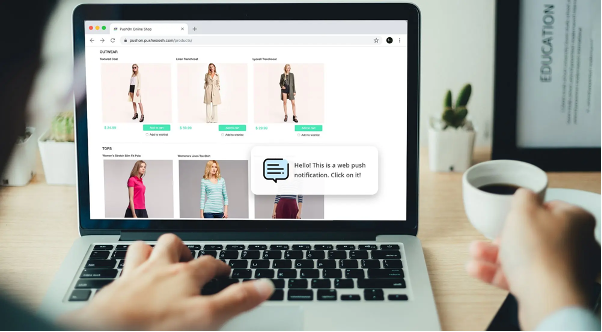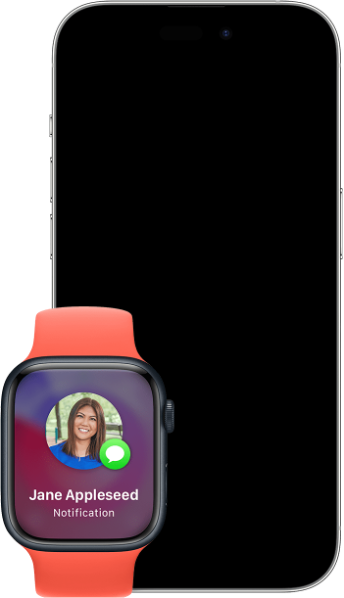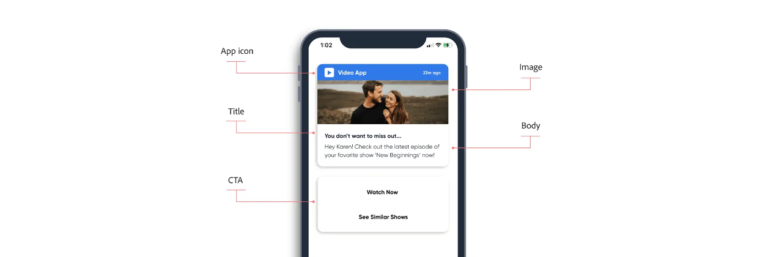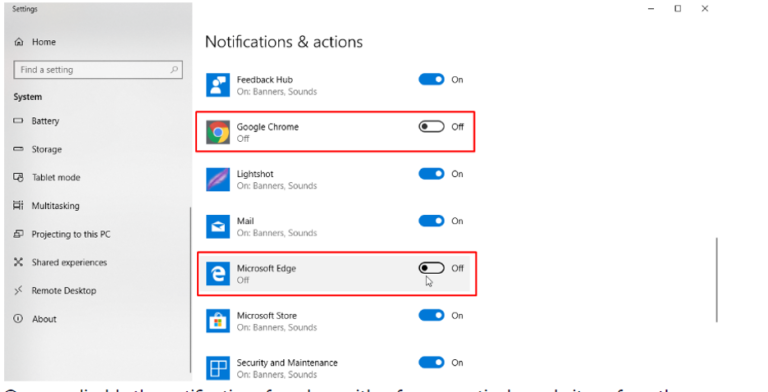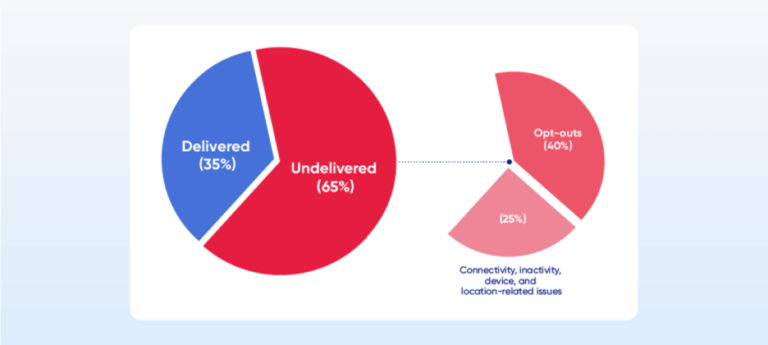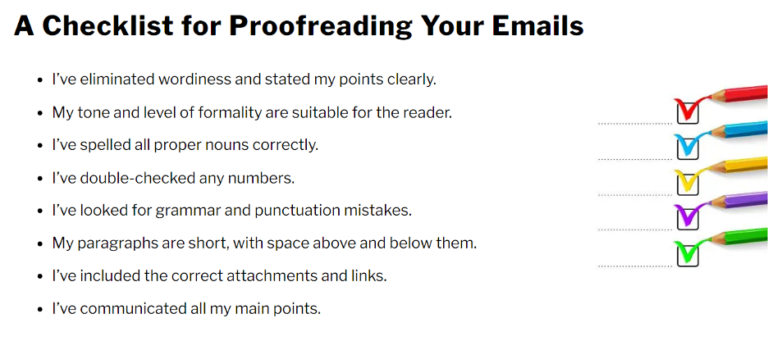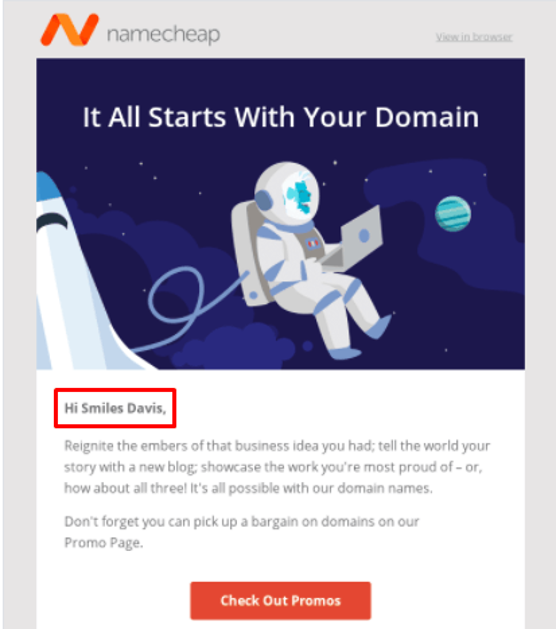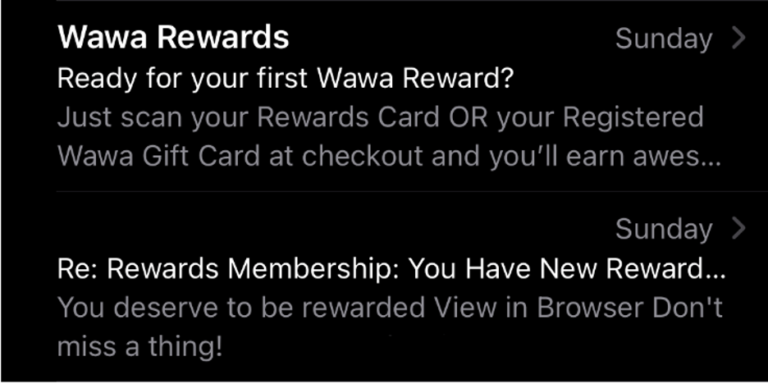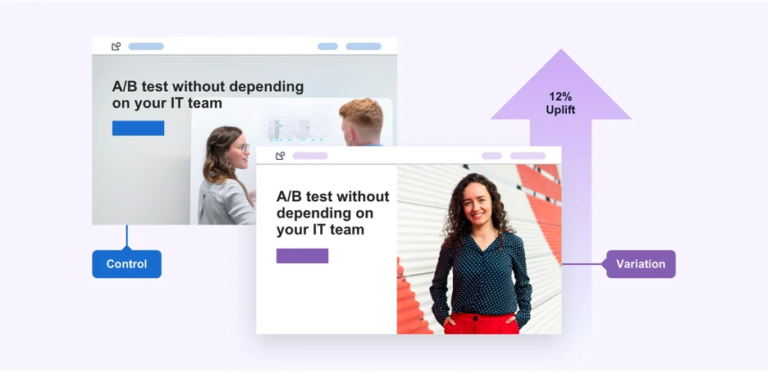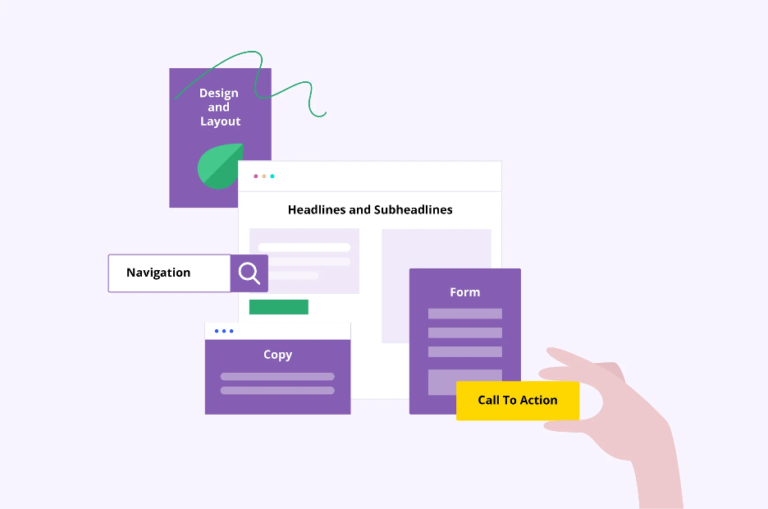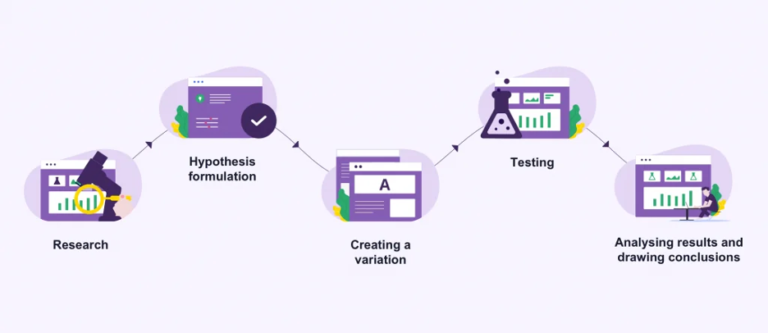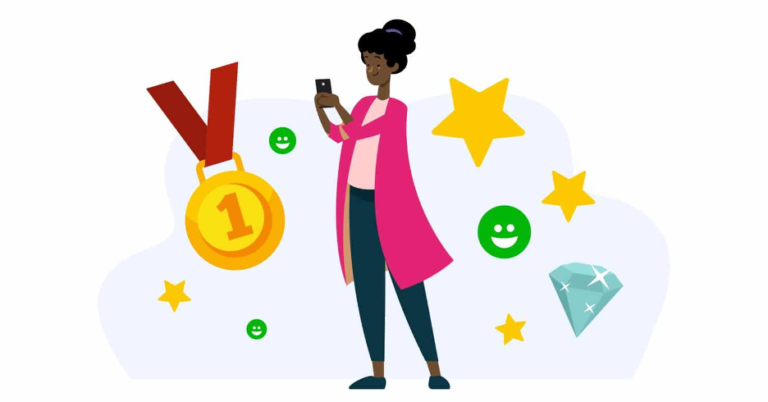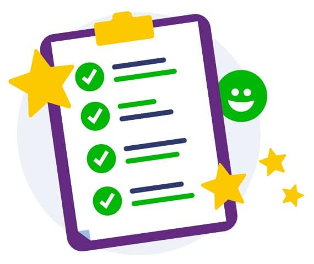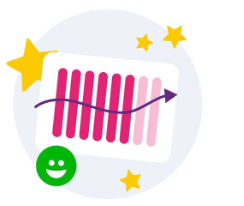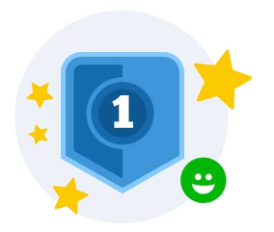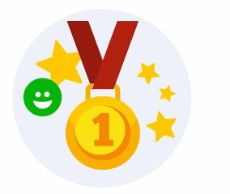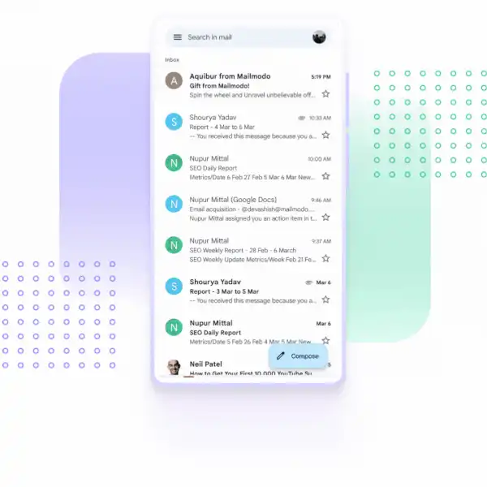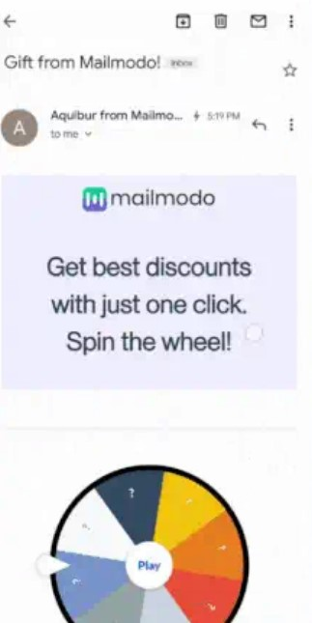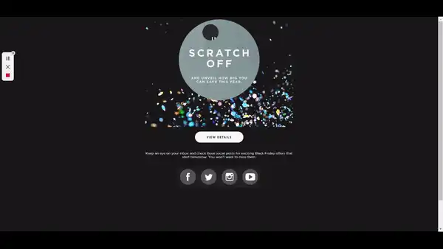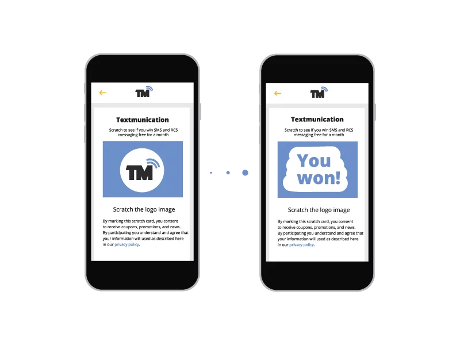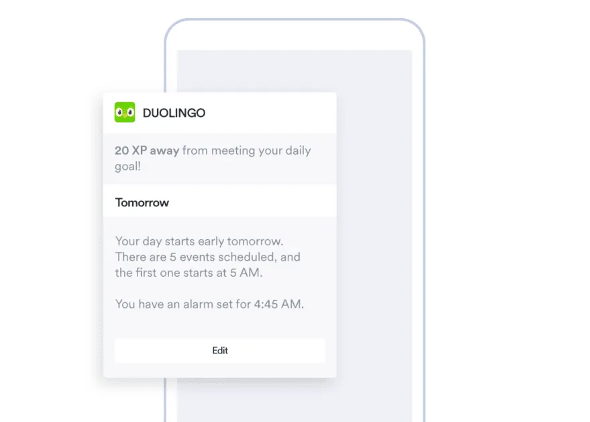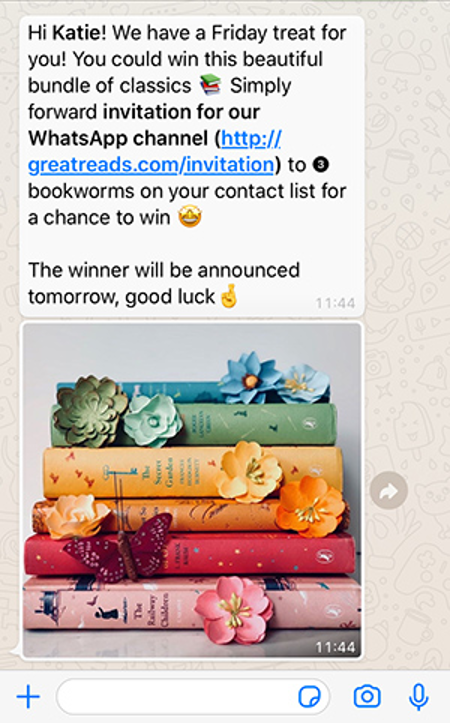50% of brands have already incorporated AI, Be the next in line!
Written by Vanshitha M
Published on Feb 13, 2024
Introduction
Since the rapid growth of ChatGPT, AI has paved the path to improvement, and efficiency. 75% of brands believe that AI will impact their business.
AI in the landscape of Digital Marketing:
Digital Marketing has always been paramount to change. But ever since the dawn of Artificial intelligence, digital marketing has had a substantial change. 96% of executives in all brands say that AI is the first topic discussed in board rooms. Are you a digital marketeer leveraging the usage of Artificial intelligence? If not, start right away because the digital marketer who is updated is the one who leads!

Source: LinkedIn
AI-based Marketing:
AI is used to make marketing decisions based on data collected. According to a study conducted by SalesForce, 29% of marketers used AI in 2018 which rose to 84% in 2020. AI can help every brand boost its retention by personalizing customer experiences and providing easy decisions by tracking all the data given.
Why AI-based Marketing:
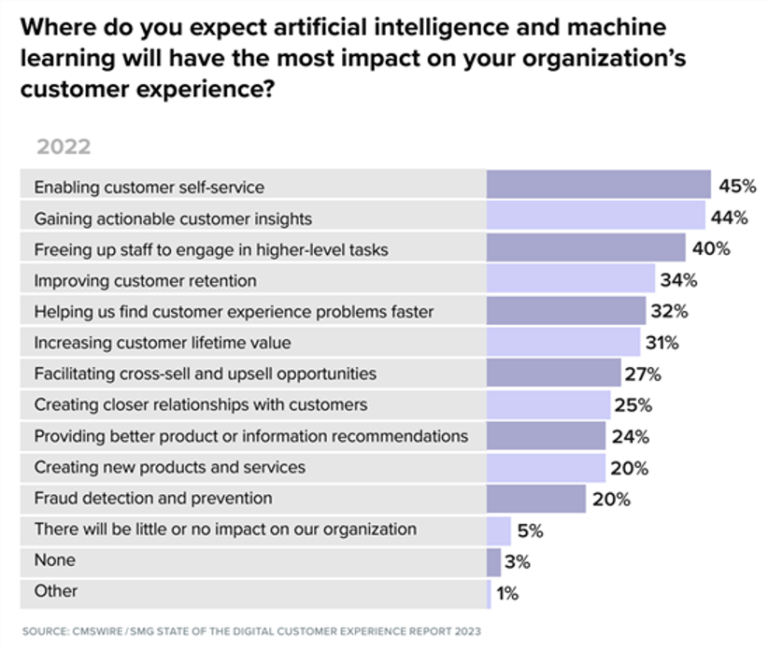
Source: cmswire
1.) Personalization:
AI tracks the data of users; including browsing history, and searches, and recommends products accordingly.
91% of users will buy more if they have customized recommendations.
Chatbots can streamline a personalized journey for any user.
76% of users feel frustrated when they don’t have a personalized experience with brands.
2.) Predict consumer behavior:
By collecting user data, they use machine language to track the user’s data, the market trends and curate marketing strategies to accurately predict the user’s next step or even curate a campaign that can help the brand.
3.) Streamline the data:
Data for marketing comes from everywhere, from mobile browsing, brick-and-mortar stores, emails, calls, surveys, feedback, and chat conversations. AI can be used to compile all the data, update them accordingly, and used to help your brand scale further.
All the data can help brands come up with reaction strategies.
4.) Understand your customers:
The paradigm has changed on how brands interact with their users. Now it’s high time you as a marketer use AI and simplify the whole journey to comprehend what your users want. If we rightly bridge “What the user wants” and “What the user gets”, we can easily improve brand engagement, boost sales, improve retention, increase customer stickiness, and mitigate churn rate by identifying and targeting at-risk users.
AI can also be used to understand sentiments with voice, image recognition, feedback, and surveys to help go with the way of emotions. This can help understand how the user perceives the brand and the dissonance level.
5.) Offers:
We have already discovered the importance of offers and codes in our blog. AI can help brands create the best and most cost-effective loyalty programs that improve customer relations.
6.) Segmentation:
81% of executives believe that segmentation says that segmentation can help boost profits. Dividing the users can be easier now with AI.
AI can help with lead generation and nurturing of leads.
7.) Help users with their journey:
From onboarding procedure, seamless customer experience, and AI-based guides and videos to help users with navigation, AI can be your A-Z mastermind.
It can also improve your software and fix glitches but understand what customer wants.
Why not AI in marketing?
There’s always a nuance to adding the human touch to every marketing campaign you use. So, many digital marketers use AI as a reference rather than relying entirely on it.
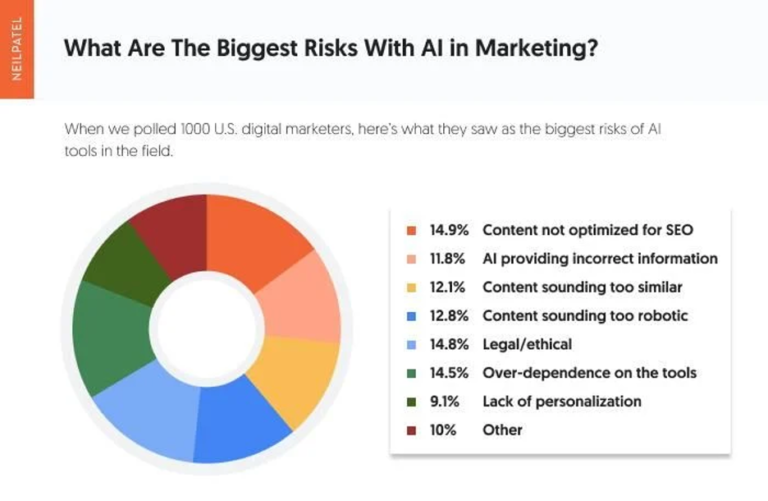
Source: neilpatel
Data privacy, Biases or inaccurate information,
Where can AI be used?
Artificial Intelligence can impact every marketing campaign you use.
Emails– Content creation with a personalized message
Web page– Targetted to the user from their data.
Avatars, Door greeters- Automated responses and use location-based data to inform a user when they are near a store.
Chatbots- Can make full conversations with the users, and help customers with everything while engaging with your brand.
AI can provide customized, personal, and targeted answers to users’ queries automate all customer services resolve disputes, answer queries and answer FAQs.
Hence enhancing all social media channels your brands have.
85% of users turn to bots rather than humans.
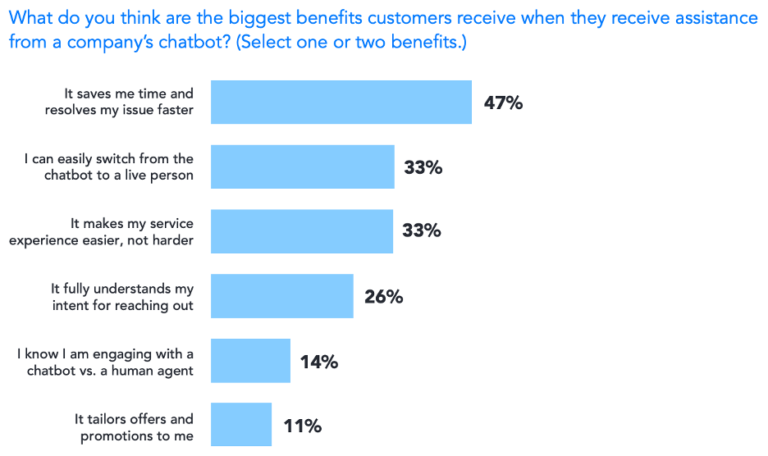
Source: cmswire
Examples of AI incorporated by brands:
1) Netflix: Usage of AI to recommend personalized watch list.
2) Amazon: Usage of AI to recommend products.
Why Retention10?
Retention10 is the Best Customer Retention management to help you navigate through the threads of digital marketing. To understand the tricky jargon, we are here to help you! We help you curate content that sticks and maintain the deadline to create a personalized funnel.
Conclusion:
Retention is the top tier to reach maximum revenue. AI can be leveraged to help your brand upscale. With every trick in the rulebook, We at Retention10 can help you efficiently use AI to grow your marketing strategies. Use AI to adapt to the user’s needs and get the best out of your marketing campaigns.
Book a call with us right away to not miss out on any updates in the field.

Vanshitha Munipally
( Research & Content Marketer )
To get your customized Customer Retention Solutions , Do write to us :
Next in AI for Customer Retention Marketing. Read More »


